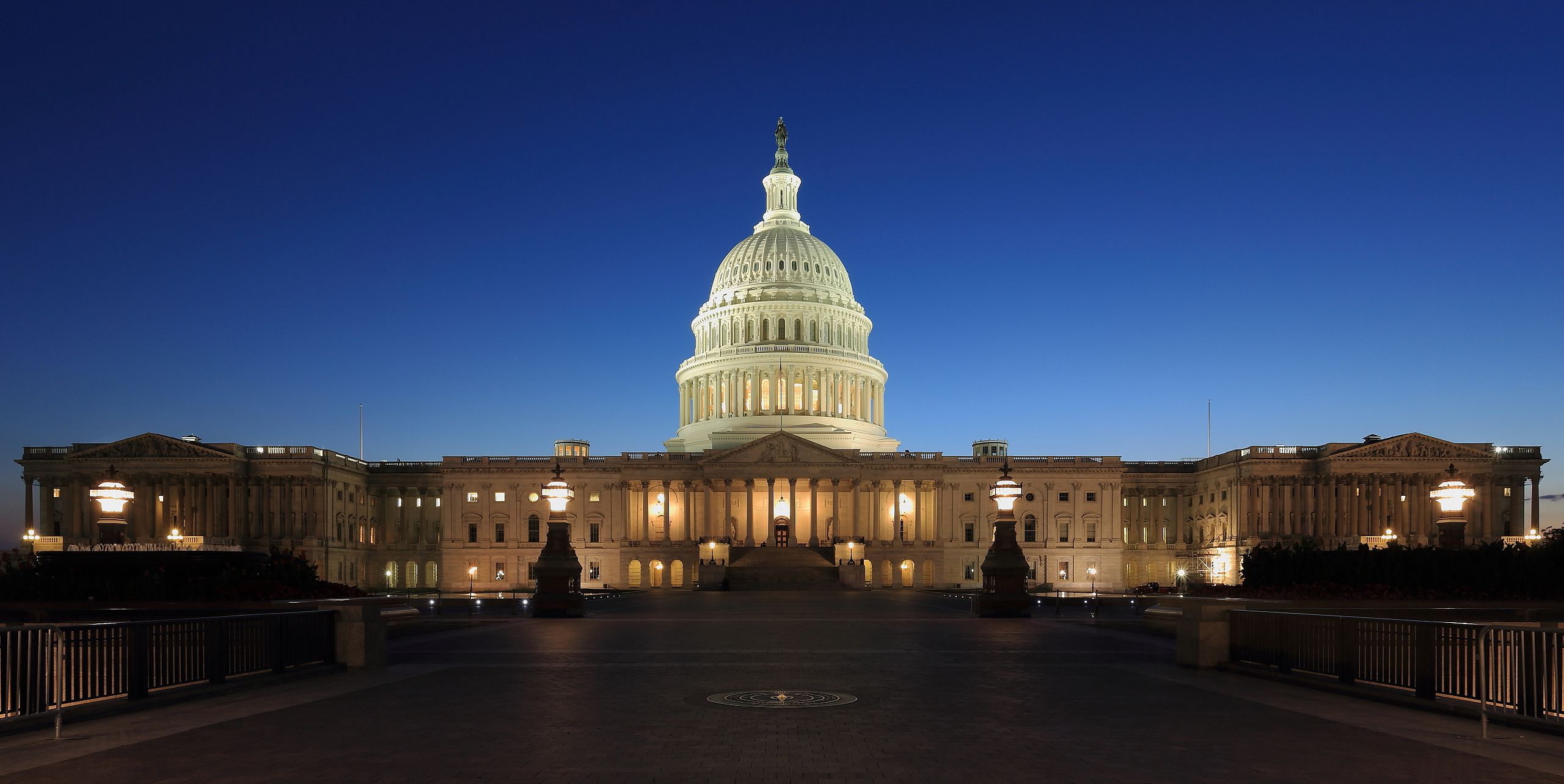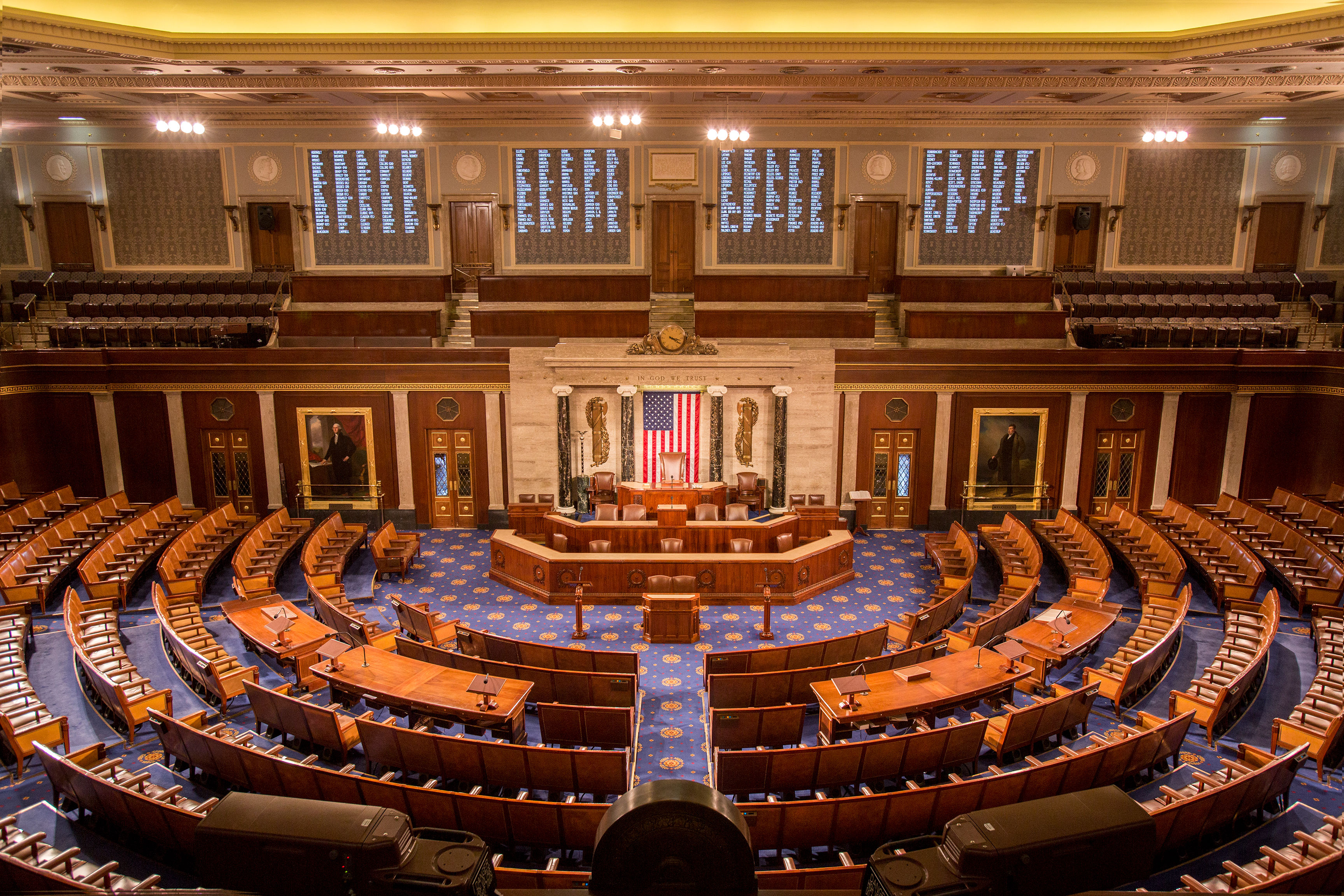How to Address Mass Congressional Incapacitations

Published by The Lawfare Institute
in Cooperation With

A recent string of health incidents involving members of Congress has raised questions about what to do when lawmakers are incapacitated. Sens. Dianne Feinstein, John Fetterman, and Mitch McConnell all spent significant time away from the Capitol earlier this year due to health challenges. And these episodes have occurred as the average age of Congress is increasing steadily, making it likely that lawmakers’ health will continue to be an issue.
A clear process for declaring lawmakers incapacitated and providing successors immediately would help address future incapacitations of lawmakers, but current procedures are lacking. This gap, coupled with the recent concerns about lawmakers’ health, have inspired thoughtful reform proposals. Several suggest designating groups for declaring lawmakers incapacitated, such as constituents, state legislatures, party caucuses, or medical expert panels.
These proposals work for the most common situations, involving incapacities of one or only a few lawmakers. However, reforms are also needed to account for a more dire—and, thankfully, more remote—possibility: the incapacity of a large number of lawmakers resulting from a catastrophic event, including an attack on the Capitol. These scenarios raise unique considerations. An event involving mass incapacities would be a national crisis in itself, and it would probably be accompanied by surrounding challenges, such as national security threats.
To ensure that Congress could adequately respond to the circumstances confronting the nation, it would be critical to declare incapacities quickly. But assembling groups to make a large number of declarations could be time consuming, especially at a time when there might be security concerns or disruptions to travel or communications. For mass-incapacity scenarios, Congress should use an efficient process that does not involve groups assessing individual incapacities. Instead, the process should use a simple and objective test for incapacity.
History illustrates that threats to Congress’s ability to function are real. The 1918 flu pandemic killed at least three lawmakers and temporarily incapacitated more. In 1952, terrorists opened fire from the gallery above the House floor, wounding five congressmen. During the Cuban missile crisis, Washington, D.C., was well within the range of Soviet nuclear warheads. On 9/11, terrorists piloted Flight 93 for the Capitol before the plane’s passengers intervened.
More recently, the coronavirus pandemic showed how an infectious disease can impede legislative work. The virus sickened many lawmakers, and the House implemented proxy voting and allowed for remote participation in committee hearings. Amid the pandemic, the Jan. 6 attack sent lawmakers fleeing from the insurrectionists who overran the Capitol.
Ensuring that Congress could operate in the wake of a future incident that incapacitated many lawmakers would be challenging. At the root of the problem is the lack of a process for replacing incapacitated members with capable successors. Incapacitated lawmakers might remain in office until their terms ended. The Constitution allows the Senate and the House to expel members with two-thirds votes. But expulsion has been used only for misconduct, never for incapacity. Regardless, the two-thirds vote threshold could be impossible to reach with scores of incapacitated lawmakers filling Congress’s ranks.
In a mass-incapacity scenario, quorum requirements could shut down both chambers. The Constitution provides that “a Majority of each [house] shall constitute a quorum to do Business.” On its face, this provision might appear to demand the presence of members representing a majority of all seats in each chamber, irrespective of whether those seats are occupied. But Senate and House rules have evolved away from that strict interpretation. A quorum in the House is interpreted as a majority of members “chosen, sworn and living,” while a Senate quorum is considered “a majority of the Senators duly chosen and sworn.”
Incapacitated members would count toward the denominator for the purpose of determining a quorum, even though they would not be able to participate in a quorum call. Both chambers’ ordinary practice is to presume that a quorum is present. But, if a member challenged that presumption, a quorum call would need to take place. Enough incapacitated members could make it impossible for a chamber to establish a quorum and continue functioning.
The House has devised a response to this problem. House Rule XX, clause 5, allows the chamber to drastically reduce the number of members needed for a quorum. The rule provides for a “provisional” quorum during “catastrophic circumstances,” such as a “disaster, attack, contagion, or similar calamity rendering Representatives incapable of attending the proceedings of the House.” The Senate does not have a similar procedure.
A multistep process is required for the House to implement a provisional quorum. The House first needs to consider a motion to compel attendance of its members and then fail to reach a traditional quorum after providing at least three days for members to participate in a call of the House. Next, the sergeant-at-arms must certify that the House cannot reach a quorum due to catastrophic circumstances. Finally, the House must hold another call of the House lasting for at least 24 hours. The members who respond to this last call would comprise the total number of members—the denominator—for reaching a provisional quorum. A majority of these members—no matter how few—could continue legislative business in the House.
When the House approved this rule in 2005, some members questioned whether it was constitutional to depart so substantially from what the Constitution seemed to envision with its Article I quorum provision. Echoing these concerns, the American Enterprise Institute’s Continuity of Government Commission last year called the rule “both unconstitutional and unwise,” and urged its repeal. Aside from constitutional objections, the prospect of the House functioning with very few members would cast doubt on the democratic legitimacy of any actions taken by the diminished chamber.
Congress needs a better way to handle the mass-incapacity problem. Reformed procedures should include two steps: a process for quickly declaring incapacities followed by the immediate succession of temporary replacement members to serve while the elected lawmakers are incapacitated.
Proposals to authorize a group of individuals to declare lawmaker incapacities are sensible for scenarios involving a limited number of members. But a more efficient process is needed for mass-incapacity scenarios. The best approach is to use a simple test for incapacity, such as the ability to participate in a quorum call or cast a vote. If a lawmaker were unable to do these things, he or she would be declared incapacitated. This procedure should be used only during or in the aftermath of a catastrophe that killed or incapacitated a large number of members. Both chambers should create procedures for certifying the existence of such a catastrophe, perhaps by empowering legislative leaders to make that determination. Members declared incapacitated under this policy should be allowed to declare the end of the incapacity at any time. This is the reform recommended by students in Fordham Law School’s Rule of Law Clinic, which I co-taught.
To provide for immediate succession of replacement lawmakers following incapacity declarations, members could be authorized to designate successors in advance. This is the approach the Continuity of Government Commission recommended for vacancies in the House. But it could be used after incapacity declarations, too. Successors might be selected before elections to allow voters to know their identities before casting ballots. That would add accountability and democratic legitimacy, which would be especially important for using this process in the House. The Constitution requires that all vacancies in the House be filled through elections. No one has ever served in the House without being elected. Identifying successors before elections might help soften the break with this precedent.
Another option is to allow governors to name replacements, mirroring the process that the Constitution’s 17th Amendment authorizes, and most states use, for filling vacancies in the Senate. But this process could take longer, and successors previously identified by the incapacitated lawmakers would more consistently reflect the views of the lawmaker and the voters who elected them than governors who might be of a different party.
These procedures for mass incapacity should be implemented in conjunction with proxy voting. Without proxy voting, members who were away from the Capitol but not incapacitated would be declared incapacitated under a process that used the ability to vote as a simple test for incapacity. There are undoubtedly benefits of requiring members to be physically present. But, during a crisis, travel might be difficult or it might be unsafe to gather at the Capitol. In such a scenario, allowing elected members to vote by proxy is preferable to having successors serve. Proxy voting could be implemented automatically alongside the use of a simple test for declaring incapacities stemming from a catastrophe. A bipartisan group of legislative leaders might be created to determine when the crisis has passed and proxy voting should end.
A constitutional amendment is necessary to adequately prepare for mass incapacities. For example, there is no other way to provide for the automatic succession of replacement House members. Amending the Constitution is, of course, difficult. But ensuring that Congress can continue operating in the face of a crisis is imperative—and worth the effort.





